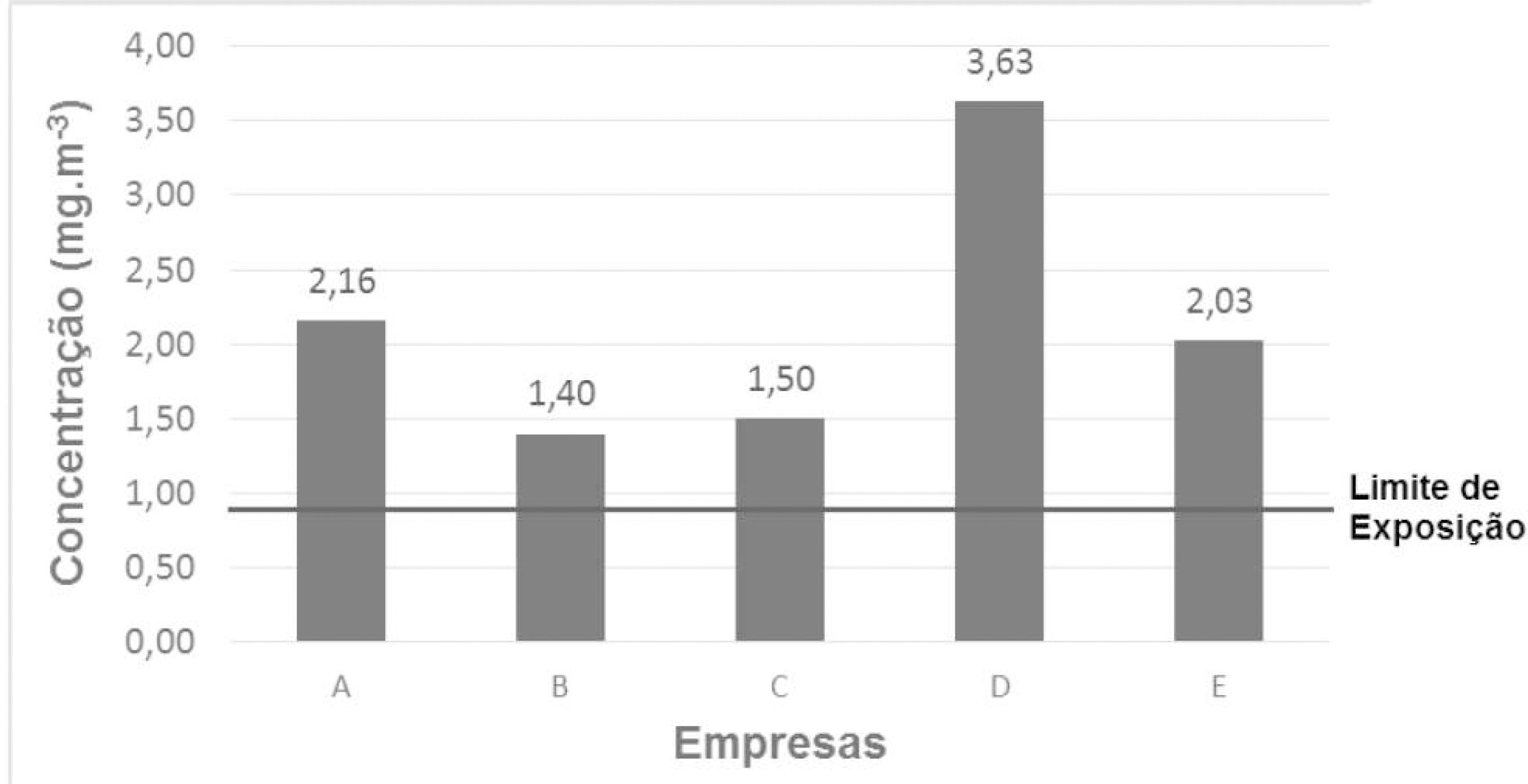ABSTRACT
Wood secondary processing operations generate large amounts of airborne particulates. Inhalation of this material can lead to the development of work-related respiratory diseases. The Brazilian legislation does not define threshold limit values for airborne wood particles, and local studies are required to provide a technical basis for establishing these limits by regulation. This study aimed to determine the concentration and size of airborne wood particles of Eucalyptus spp. in woodworking shops. Analysis of the concentration of airborne particles was carried out using a gravimetric sampling pump and collector filters. The size of airborne particles was determined using microscope slides and an optical microscope coupled to an image capture system. Air samples were collected near different machines (belt sander, table saw, and band saw) at five woodworking shops located in the state of Espírito Santo, Brazil. Of the three machines, the belt sander produced the most harmful type of particulate matter: the small size of these particles allows their deposition deep into the respiratory tract. Particulate matter was above the threshold limit value established by international standards. To prevent the risk of severe health effects, there is an urgent and imperative need to reduce worker exposure levels (by the use of collective and personal protective equipment) as well as for the implementation of specific regulations that define particulate exposure limits for the wood sector in Brazil.
Keywords:
Forest ergonomics; Occupational safety; Joinery

